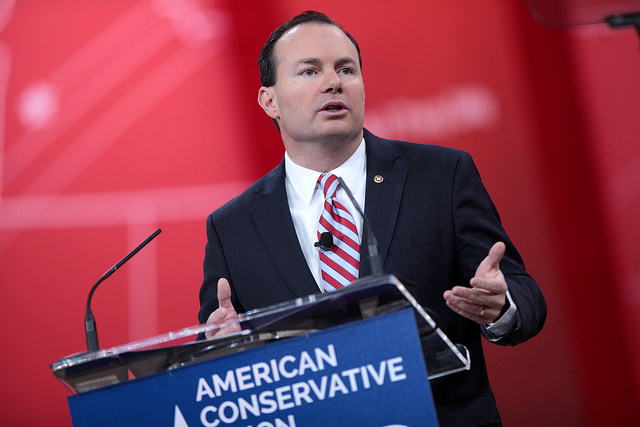
Earlier this month, Senators Marco Rubio (R-Fla.) and Mike Lee (R-Utah) released their plan to reform the tax code based on two guiding principles – pro-growth and pro-family. While the plan has earned praise from a diverse range of experts, critics have resorted to using outdated models to undermine the proposal.
One line of opposition to the Rubio-Lee tax plan is based on skepticism that it will not lead to the growth that its authors promise. However, an analysis by the Tax Foundation debunks the claims made by critics such as William Gale of the Tax Policy Center. As the analysis states:
Gale notes the study’s estimate that a revenue-neutral switch to a flat-tax – a type of consumption tax – would “raise GDP by 4 percent over a decade.” However, under assumptions closer to ours, the same study finds a flat-tax would raise GDP by 5.9 percent over the long-run.
In addition, the Auerbach-Kotlikoff model used by critics assumes a ‘closed’ economy, which is unrealistic in today’s globalized economy, according to the Tax Foundation analysis:
The 2001 Auerbach-Kotlikoff model assumes a closed economy, i.e. we have no saving abroad to bring home and foreigners can’t send more of their saving here to help finance additional U.S.-based capital. That’s a major, unrealistic constraint. Today’s economy is globalized; trillions of dollars of investment flow between the U.S. and the rest of the world. We assume an open economy where shifts in our own and foreign saving to the U.S. finance the build-out of capital.
The Tax Foundation study concludes that Rubio-Lee will increase growth by 15% over 10 years, will reduce the tax burden placed on families, and will encourage growth. As the analysis states:
The Rubio-Lee plan is not revenue-neutral. It is a big tax cut, to the tune of $414 billion a year or 2.2 percent of GDP, according to our static estimate. Such a tax cut would raise GDP by about 6.6 percent, according to empirical estimates by leading economists such as Christina Romer, former chair of President Obama’s Council of Economic Advisors. Add that to the Auerbach-Kotlikoff 9.4 percent estimate of a revenue-neutral tax reform and you get 16 percent growth in GDP – more than our 15 percent estimate of the Rubio-Lee plan.
As ATR’s Ryan Ellis notes, this plan “has a little something for everyone” – families, small businesses, and savers. In doing so, Rubio-Lee presents itself as smart proposal that can appeal to a broad base of taxpayers.

